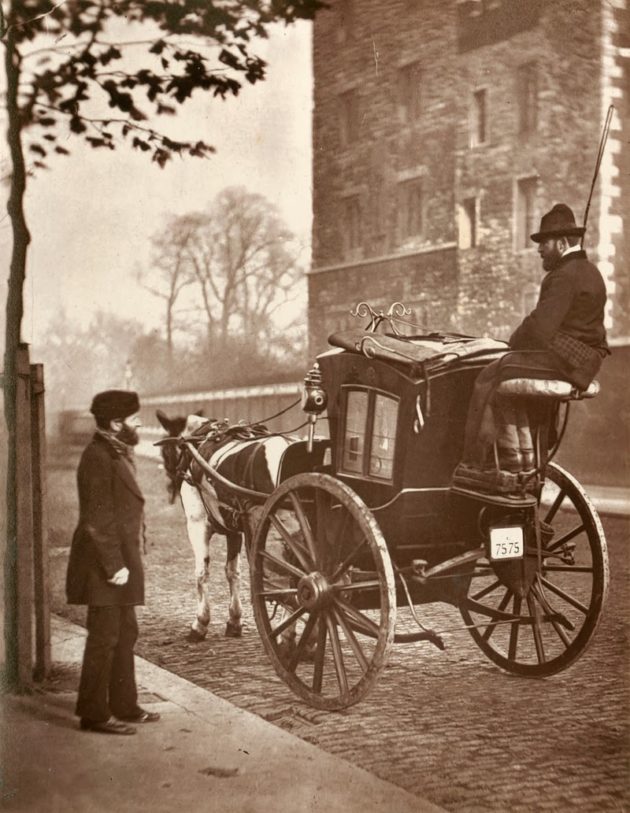The plastic bag law hasn’t been in force for long, but already numerous ‘paper bag incidents’ have occurred. Even our family experienced an episode of paper bag induced trauma recently when our son purchased two bottles of wine at Countdown which were then packed into a paper bag with handles.
Thinking that he would be foolish to entrust a paper bag to hold the weight of two wine bottles he instead held the paper bag to his chest and put his hands underneath the bottom of the bag. Before he made it to the escalator the bag ripped down the side and both bottles smashed leaving a hazardous surface for other shoppers trying to leave the mall.
When he returned to Countdown to purchase two more bottles they kindly replaced them for free and commented that he was not the first victim of the new paper bags. I suspect he will not be the last.
Blog readers have reported their own run-ins with the infamous brown paper bags.
One told me a tale of an Uber Eats delivery guy who delivered his order in a paper bag. While he was walking up the driveway to deliver it, the paper bag promptly disintegrated and food was strewn all over the driveway. The driver refused to help clean up the driveway, as he blamed the restaurant for the weak packaging. So not only was the customer left with a driveway of scrambled Uber Eats to clean, they also then had to phone and negotiate a replacement dinner with the source restaurant.
They commented that the incident never would have happened with plastic bags and that they hate the CoL. I can understand why.
I suspect we could easily run a daily Paper Bag post, as these kinds of disasters will be happening all over New Zealand. Paper bags are simply not up to the job, which is why we stopped using them decades ago.
Bringing in paper bags is like bringing back horse-driven carriages to replace cars. There was a bloody good reason why we replaced them.
By the late 1800s, large cities all around the world were “drowning in horse manure”. In order for these cities to function, they were dependent on thousands of horses for the transport of both people and goods.
In 1900, there were over 11,000 hansom cabs on the streets of London alone. There were also several thousand horse-drawn buses, each needing 12 horses per day, making a staggering total of over 50,000 horses transporting people around the city each day.
To add to this, there were yet more horse-drawn carts and drays delivering goods around what was then the largest city in the world.
This huge number of horses created major problems. The main concern was the large amount of manure left behind on the streets. On average a horse will produce between 15 and 35 pounds of manure per day, so you can imagine the sheer scale of the problem. The manure on London’s streets also attracted huge numbers of flies which then spread typhoid fever and other diseases.

Each horse also produced around 2 pints of urine per day and to make things worse, the average life expectancy for a working horse was only around 3 years. Horse carcasses therefore also had to be removed from the streets. The bodies were often left to putrefy so the corpses could be more easily sawn into pieces for removal.
The streets of London were beginning to poison its people.
But this wasn’t just a British crisis: New York had a population of 100,000 horses producing around 2.5m pounds of manure a day.
This problem came to a head when in 1894, The Times newspaper predicted… “In 50 years, every street in London will be buried under nine feet of manure.”
This became known as the ‘Great Horse Manure Crisis of 1894’.
The terrible situation was debated in 1898 at the world’s first international urban planning conference in New York, but no solution could be found. It seemed urban civilisation was doomed.
However, necessity is the mother of invention, and the invention in this case was that of motor transport. Henry Ford came up with a process of building motor cars at affordable prices. Electric trams and motor buses appeared on the streets, replacing the horse-drawn buses.
By 1912, this seemingly insurmountable problem had been resolved; in cities all around the globe, horses had been replaced and now motorised vehicles were the main source of transport and carriage.[…]
historic-uk.com/HistoryUK/HistoryofBritain/Great-Horse-Manure-Crisis-of-1894/
How many years do you all think we will have to endure this technology of the past? Will future generations look back on the Great Paper Bag Crisis of 2019 and laugh, or will they be too busy tilling the soil with handheld implements, while the horse that draws their carriage drops another load of manure for their backyard garden?









